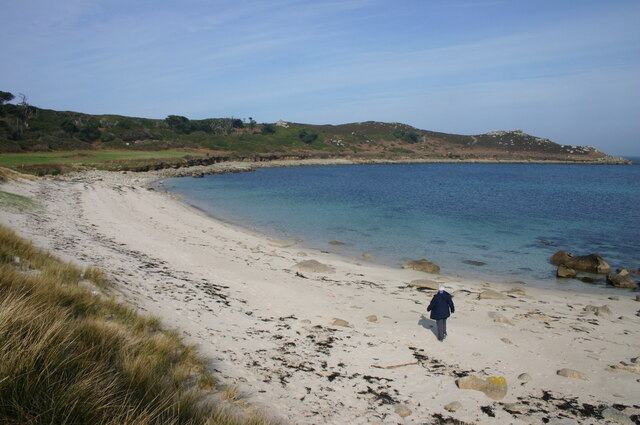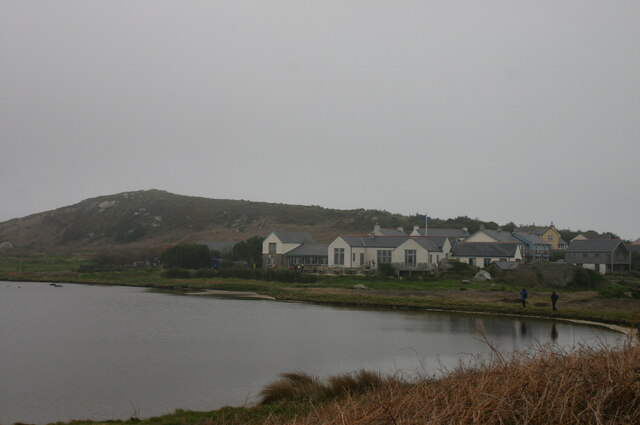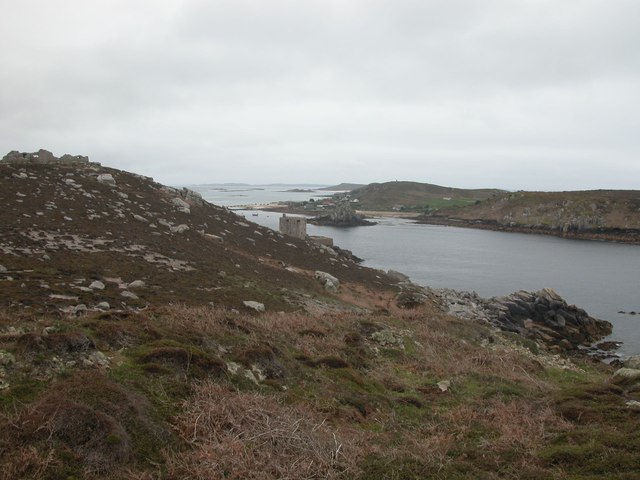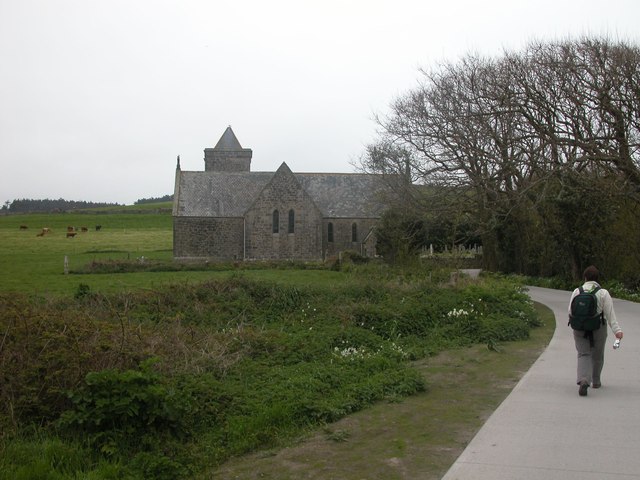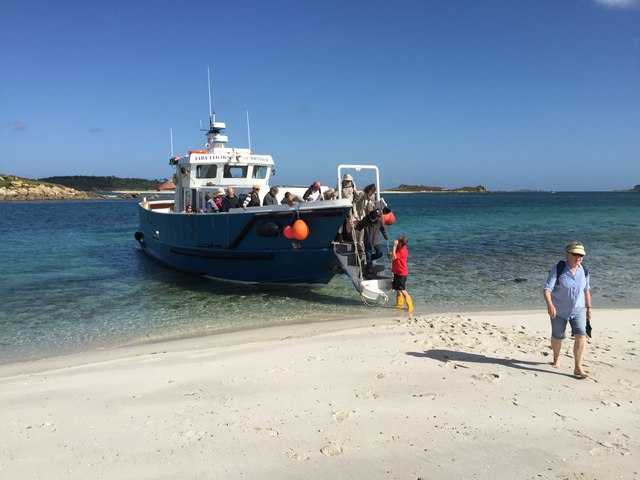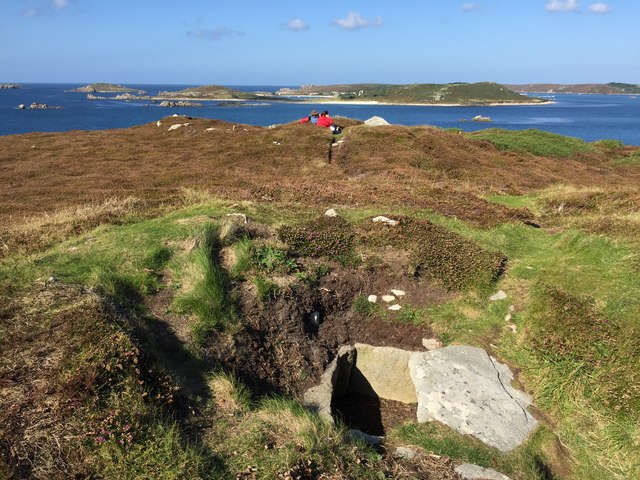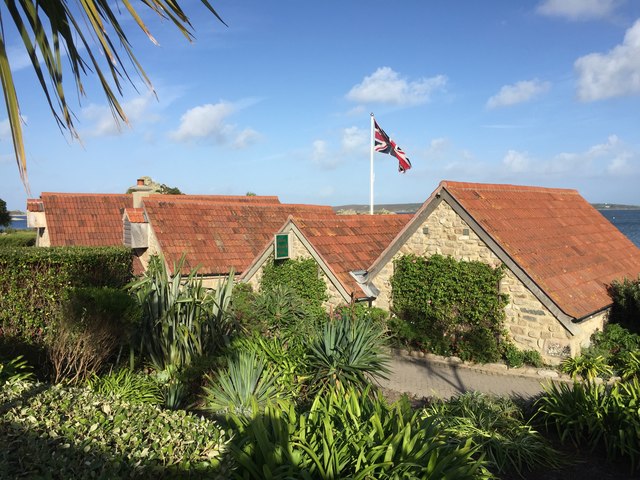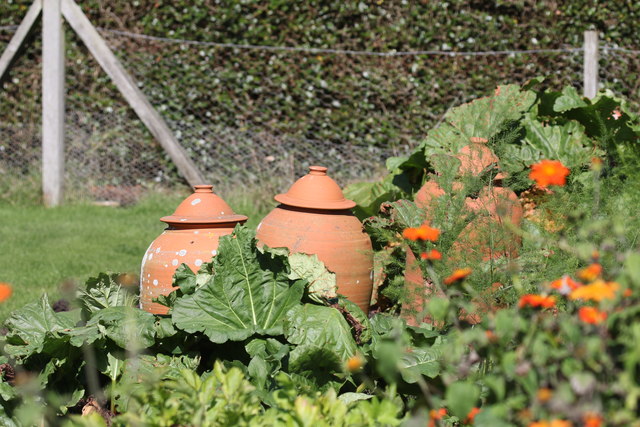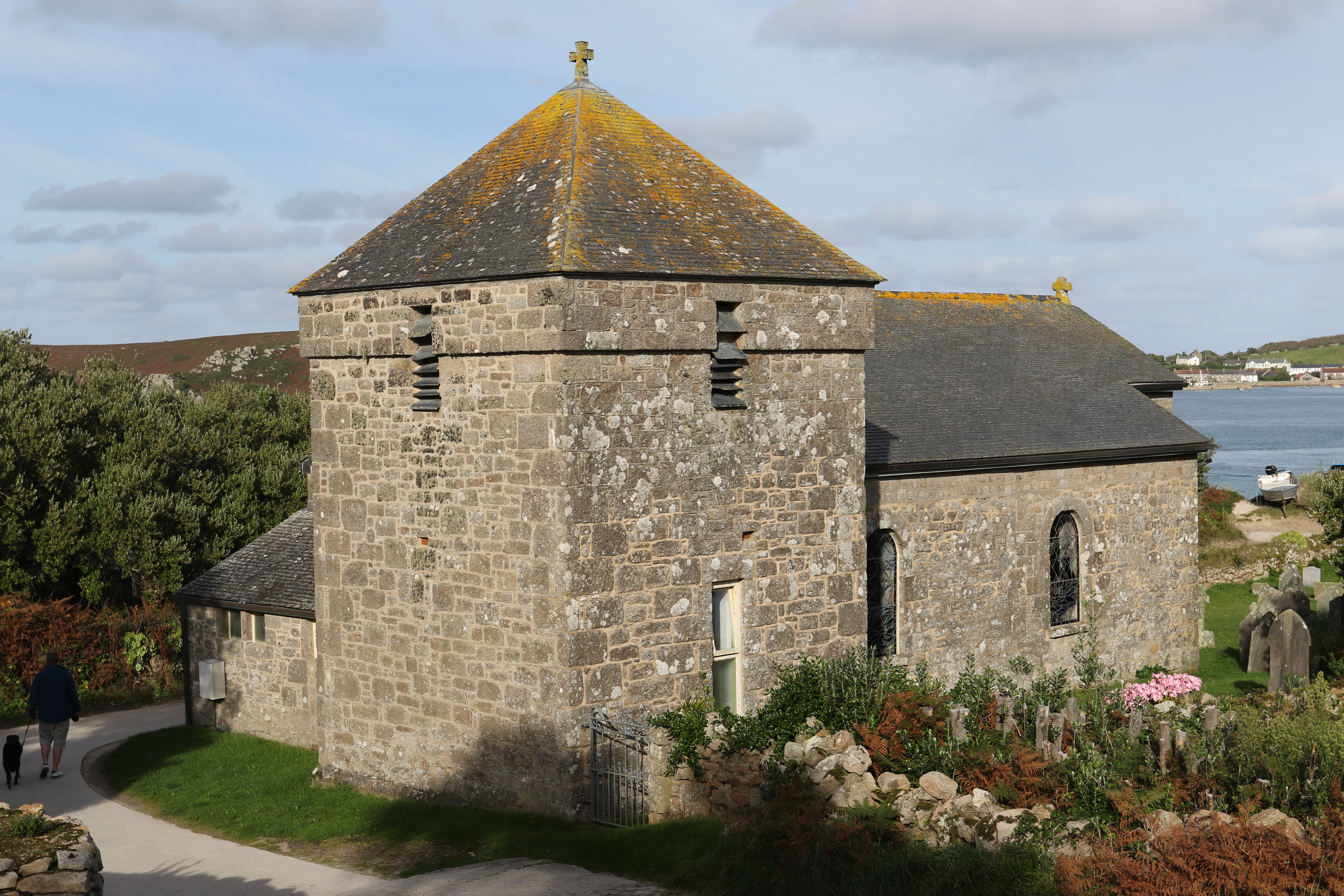Great Popplestones
Beach in Cornwall
England
Great Popplestones

Great Popplestones is a picturesque beach located in Cornwall, England. Situated on the southwest coast, this sandy haven is nestled between towering cliffs, offering visitors stunning views of the Atlantic Ocean. With its serene and unspoiled surroundings, Great Popplestones is a popular destination for both locals and tourists seeking a peaceful seaside escape.
The beach itself is a wide stretch of golden sand, perfect for sunbathing, picnicking, and leisurely walks. The sand is soft and inviting, making it an ideal spot for families with children to build sandcastles or play beach games. At low tide, rock pools are exposed, providing an opportunity for exploration and discovery of various marine creatures.
Great Popplestones is renowned for its excellent water quality, making it a sought-after spot for swimming and water activities. Lifeguards patrol the beach during peak seasons, ensuring the safety of visitors. The calm and clear waters also make it an ideal location for water sports such as kayaking and paddleboarding.
Surrounded by cliffs, Great Popplestones offers breathtaking views and opportunities for coastal walks. The South West Coast Path runs nearby, allowing hikers and nature enthusiasts to enjoy the stunning scenery and observe the diverse flora and fauna.
Facilities at Great Popplestones include car parking, toilets, and a beach café serving refreshments and snacks. The beach is accessible via a short walk from the car park, making it convenient for visitors of all ages.
In summary, Great Popplestones is a beautiful and serene beach in Cornwall, offering a tranquil retreat for those seeking relaxation amidst stunning natural beauty.
If you have any feedback on the listing, please let us know in the comments section below.
Great Popplestones Images
Images are sourced within 2km of 49.953717/-6.3587653 or Grid Reference SV8715. Thanks to Geograph Open Source API. All images are credited.







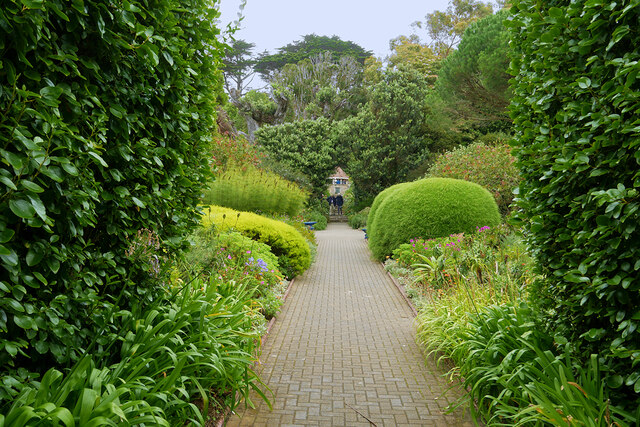
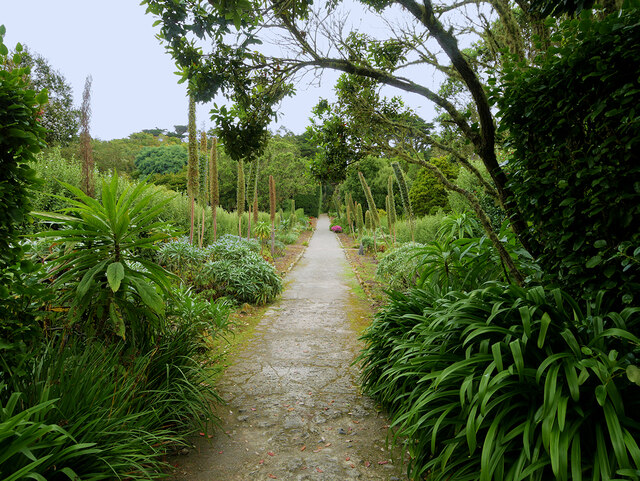
Great Popplestones is located at Grid Ref: SV8715 (Lat: 49.953717, Lng: -6.3587653)
Division: Isles of Scilly
Unitary Authority: Isles of Scilly
Police Authority: Devon and Cornwall
What 3 Words
///taskbar.subway.lectured. Near Bryher, Isles of Scilly
Related Wikis
Bryher
Bryher (Cornish: Breyer, lit. 'place of hills') is one of the smallest inhabited islands of the Isles of Scilly, with a population of 84 in 2011, spread...
All Saints' Church, Bryher
All Saints' Church is a Grade II listed parish church in the Church of England located in Bryher, Isles of Scilly. == History == Bryher is the most westerly...
Gweal, Isles of Scilly
Gweal ( GWEEL; Cornish: Gwydhyel, lit. 'place of trees') is one of the Isles of Scilly. It is the largest of the seven Norrard Rocks due west of Bryher...
Norrard Rocks
The Norrard (Northern) Rocks are a group of small uninhabited granite rocks in the north–western part of the Isles of Scilly, to the west of Bryher and...
Nearby Amenities
Located within 500m of 49.953717,-6.3587653Have you been to Great Popplestones?
Leave your review of Great Popplestones below (or comments, questions and feedback).
